Gardeners Latin A Lexicon by Bill Neal Introduction by Barbara Damrosch  Algonquin Books of Chapel Hill 2003 Published by
Algonquin Books of Chapel Hill 2003 Published by
Algonquin Books of Chapel Hill
Post Office Box 2225
Chapel Hill, NC 27515-2225 a division of
Workman Publishing Company, Inc.
225 Varick Street
New York, NY 10014 1992 by Bill Neal Introduction 1992 by Barbara Damrosch. All rights reserved. Cover illustration: A June Bouqet, by Jean Louis Prevost Library of Congress Cataloging-in-Publication Data available upon request. First Paperback Edition ISBN 1-56512-384-0
ISBN 978-1-56512-384-7
eISBN 978-1-56512-743-2 Algonquin Books of Chapel Hill acknowledges with thanks permission to quote short passages from the following books: Adventures with Hardy Bulbs, by Louise Beebe Wilder, 1989, Macmillan Publishing Co.; Selection from The Alice B. Toklas Cookbook by Alice B. Toklas, 1954 by Alice B.
Toklas; Copyright renewed 1982 by Edward M. Burns. Reprinted by permission of HarperCollins Publishers Inc.; Color in My Garden, by Louise Beebe Wilder, copyright 1990, by Harrison Wilder Taylor, used with permission of Atlantic Monthly Press; The Garden in Autumn, by Allen Lacy, 1990, used with permission of Atlantic Monthly Press; Green Thoughts, by Eleanor Pereyni, 1981, Random House, Inc.; The Little Bulbs, by Elizabeth Lawrence, 1986, Duke University Press, reprinted with permission of the publisher; A Rock Garden in the South, by Elizabeth Lawrence 1990, Duke University Press, reprinted with permission of the publisher; Southern Gardens, Southern Gardening, by William Hunt, 1982 Duke University Press, reprinted with permission of the author; Through the Garden Gate, by Elizabeth Lawrence and edited by Bill Neal (Chapel Hill: The University of North Carolina Press, 1990), reprinted by permission of the Charlotte Observer; The Treasury of Flowers, by Alice M. Coats, 1975, Phaidon Press for the Royal Horticultural Society, London; The Illustrated Garden Book, by V. Sackville-West, 1986, by Nigel Nicolson, reprinted with permission of Atheneum, an imprint of Macmillan Publishing Co.; and Wild Flowers of North Carolina, by Williams S. Justice and C.
Ritchie Bell (Chapel Hill: The University of North Carolina Press, 1987). The editors wish to extend special thanks to David Perry and Barbara Tolley for invaluable advice, expertise, and encouragement.
Introduction
Speaks Latin, that satin doll.
Billy Strayhorn and Johnny Mercer For a dead language, Latin gets a lot of use these days, especially by gardeners. Friends who used to grow loosestrife and bee balm now talk about their
Lythrum and their
Monarda, oblivious to the scorn of people like my neighbor Ellen. My flowers grow fine without knowing what genus they belong to, and whats good enough for them is good enough for me, Ellen insists.
But for every Ellen there is someone who cant sleep until she knows whether her catmint is Nepetafaassenii or Nepetamussinii. Snobbery? Pretension? I think not. Gardening has grown in popularity, so more gardeners are concerned about doing it well. Often this means knowing with more certainty which plants are which and about plant histories, native habitats, and growing requirements. And sooner or later this comes down to speaking Latin. Common plant names are a rich trove of imagery, and I would never suggest that we stop talking about pigweed, pussytoes, or love-in-a-puff. But common names can be troublesome when it is time to go shopping.
Lets say, for example, that your mother wants a rose of Sharon for her birthday. This name is commonly applied to two plants, one Hypericum calycinum, a foot-high groundcover that blooms in midsummer, another Hibiscus syriacus, a shrub up to fifteen feet tall that blooms at summers end neither of them roses. By relying solely on the common name you risk buying one plant when you thought you were choosing the other. Finding your way in the jungles of botanical Latin can teach you a great deal about the plants themselves. Take babys breath, a poetic name that beautifully describes the plants airy cloud of tiny white blossoms. By also learning its Latin name, Gypsophilapaniculata, you will better remember that the plant grows best in calcareous soil (Gypsophila means gypsum lover) and the flowers are arranged in panicles (loose, spreading flower clusters).
Another species, Gypsophila repens is more low growing, since repens means creeping. In the end, learning botanical names will make you more than just a better shopper; it will make you a better gardener and increase your understanding of the natural world. Does this mean that you have to learn the entire Latin language before you can pick up a spade and go out into the garden? Not at all. Botanical nomenclature is a highly organized, practical system that uses a limited and highly specialized vocabularya little language of its own, really. You need not memorize it, just learn how it works and begin to feel at home in it. As you run across certain words again and again they start to become familiar.
We owe this nomenclature to Carl Linnaeus, a Swedish naturalist who in the mid-eighteenth century designed a system for classifying and naming plants, animals, and minerals that is still used today. During the seventeenth century others had begun to organize plants into large groups based on structural similarities, and into smaller groups called genera (singular, genus) within those. Linnaeus broke these genera down into 7,300 smaller units, or species, and came up with a system of plant names based on the genus and the species to which each belonged. In so doing Linnaeus helped make evident the natural order of plants. It is an order based on structural features that we now know evolved over the centuries in order to insure the plants survival. He decoded, in effect, an order that was already there in nature.
And he helped make it desirable, even fashionable, to study and grow interesting plants by giving the world the first universally understood system for naming them. By naming plants in Latin Linnaeus was following the accepted practice of his day. Latin was not only the written but also the spoken language of the educatedthe one in which people from different countries could communicate. Since it was a language still in use, the Latin of Linnaeuss time had become quite different from the classical Latin of ancient Rome. In being adapted to botanical purposes it underwent still other changes by incorporating words from Greek and other tongues, and by adapting to the ever-growing knowledge of plants. (See margin note for Cinnamomifolius on page 30 for a comical example.) Many plant parts were completely unknown before the invention of magnification glasses in the seventeenth century, especially sexual parts; the sexuality of plants was not discovered until shortly before the time of Linnaeus. (See margin note for Cinnamomifolius on page 30 for a comical example.) Many plant parts were completely unknown before the invention of magnification glasses in the seventeenth century, especially sexual parts; the sexuality of plants was not discovered until shortly before the time of Linnaeus.
With these new demands being made upon it, botanical Latin became the little language unto itself, and a richly descriptive one at that. Where a word did not exist in Latin or Greek, a comparison was usually made. In order to name, Linnaeus defined; in order to define, he described; in order to describe, he created metaphors. Hence botanical terms often seem as poetic as a string of Homeric epithets. Plant names consist of two words, the genus name and the species name. Before Linnaeus, plants were identified only by lengthy recorded descriptions that varied from author to author.
Next page

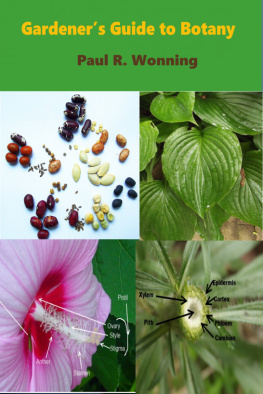

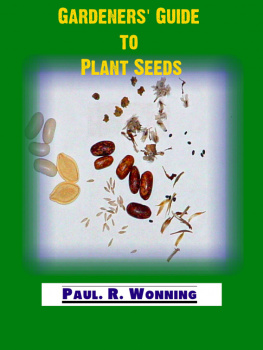
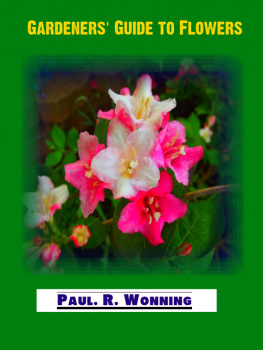
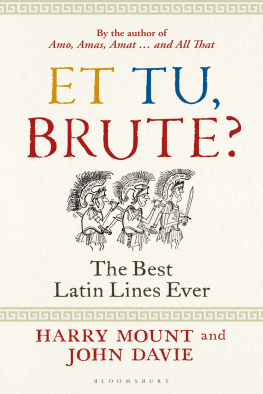
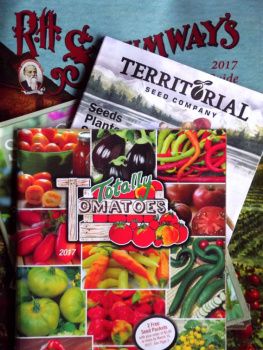

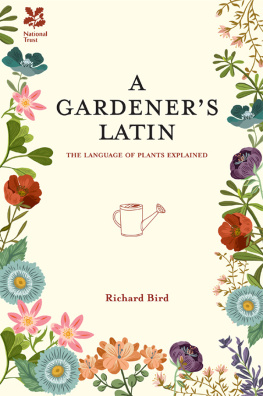
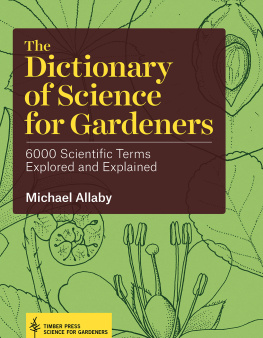
 Algonquin Books of Chapel Hill 2003 Published by
Algonquin Books of Chapel Hill 2003 Published by